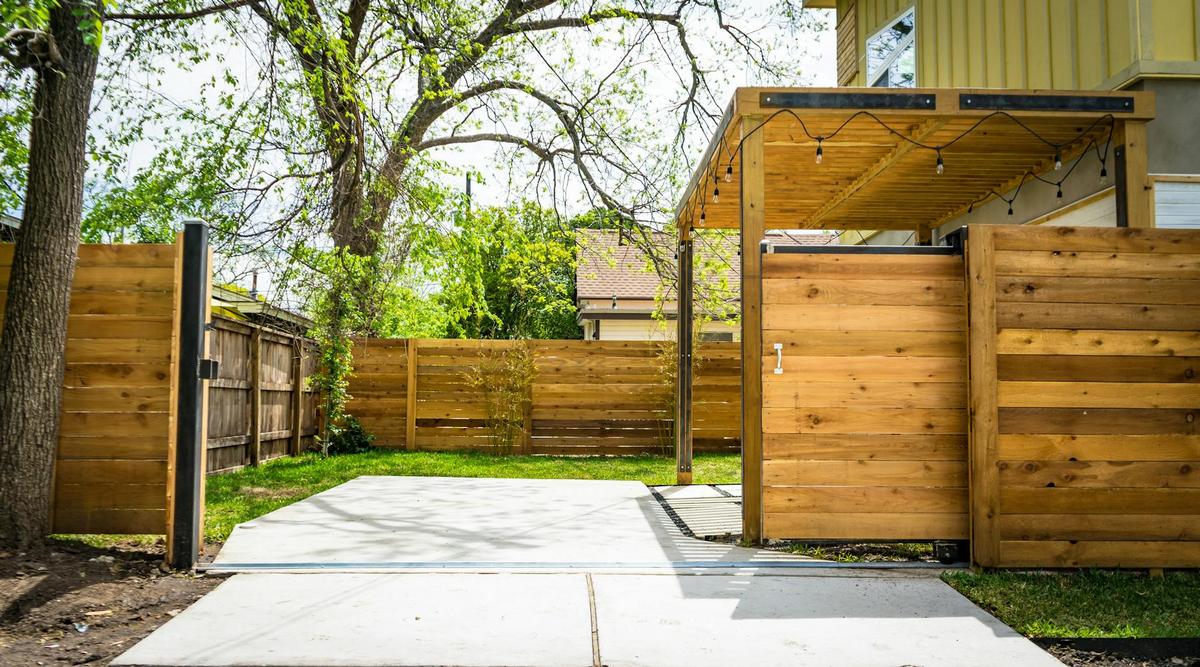
Green Building Materials: A Guide to Sustainable Construction
As urban development continues to evolve, the construction industry is increasingly turning towards sustainability to minimize environmental impact and improve the quality of life for city dwellers. A pivotal aspect of this shift is the use of green building materials, which play a crucial role in creating eco-friendly structures.
Green building materials are not only beneficial for the environment but also offer economic and health advantages. According to the U.S. Green Building Council, buildings account for around 39% of CO2 emissions in the United States. By using sustainable materials, we can significantly reduce this footprint.
What Makes a Material ‘Green’?
Green materials are defined by their low environmental impact and sustainability throughout their life cycle. They are often sourced from renewable resources, require less energy to produce, and are non-toxic.
Examples of Green Building Materials
- Bamboo: Fast-growing and durable, bamboo is an excellent alternative to traditional hardwoods.
- Recycled Steel: Using recycled steel can save significant amounts of energy compared to new steel production.
- Cork: Harvested from the bark of cork oak trees, this material is renewable and biodegradable.
- Reclaimed Wood: Salvaging wood from old structures reduces the need for new timber.
Benefits of Using Green Building Materials
| Benefit | Explanation |
|---|---|
| Environmental | Reduces carbon footprint and resource depletion. |
| Economic | Lower energy costs and potential tax incentives. |
| Health | Improved indoor air quality and reduced exposure to toxins. |
| Durability | Often more durable than conventional materials. |
| Aesthetic | Offers unique and appealing design options. |
| Social | Supports sustainable practices and communities. |
| Versatility | Can be used in various applications and styles. |
| Innovation | Encourages the development of new technologies. |
Expert Insights
An architect specializing in sustainable design notes, “Integrating green materials is not just about building better structures today; it’s about ensuring a healthier planet for future generations.”
Case Study: The Green Transformation of an Old Warehouse
Consider the story of an old warehouse transformed into an eco-friendly office space. By using reclaimed wood, recycled steel, and energy-efficient insulation, the developers not only preserved the building’s historical charm but also reduced its carbon footprint substantially.
When choosing materials, consider their entire life cycle impact, including production, transportation, and end-of-life disposal.
How to Choose the Right Green Materials
Here are some actionable tips to guide your selection:
- Research the environmental certifications of materials to ensure their sustainability.
- Consider the local availability to reduce transportation emissions.
- Evaluate the material’s energy efficiency and potential for reuse or recycling.
Frequently Asked Questions
What are green building materials?
These are materials that have a reduced impact on the environment and human health throughout their life cycle.
Why should I use green building materials?
They offer environmental, economic, and health benefits, and help ensure a sustainable future.
Are green materials more expensive?
While some can be pricier upfront, they often lead to savings in energy costs and increased building value over time.
In conclusion, embracing green building materials is a crucial step towards sustainable urban development. By choosing materials wisely, you can contribute to a healthier environment and create spaces that are not only functional but also future-friendly.


